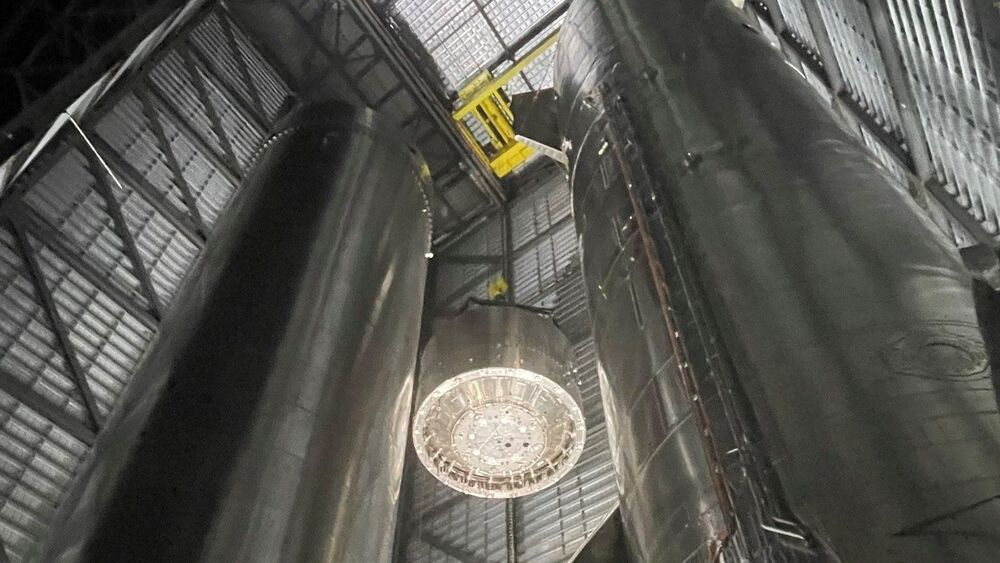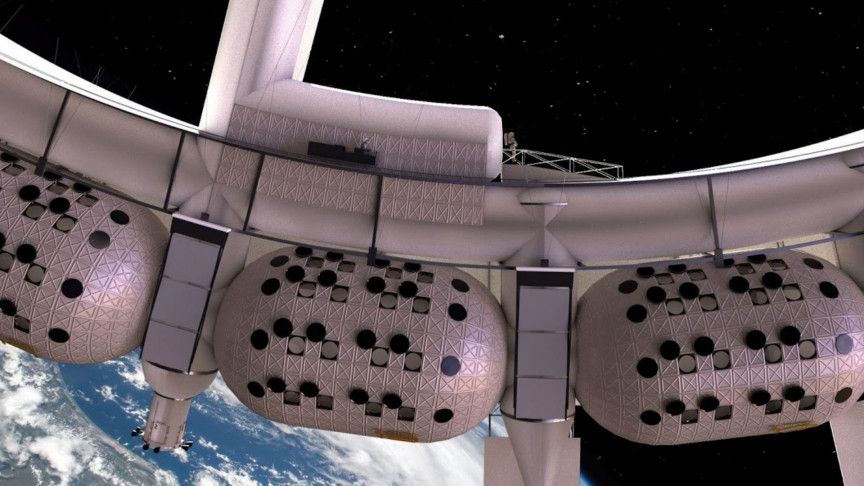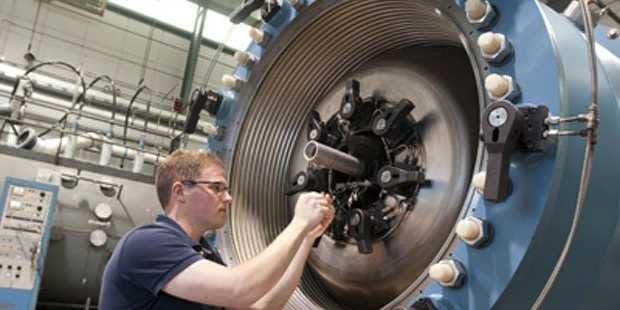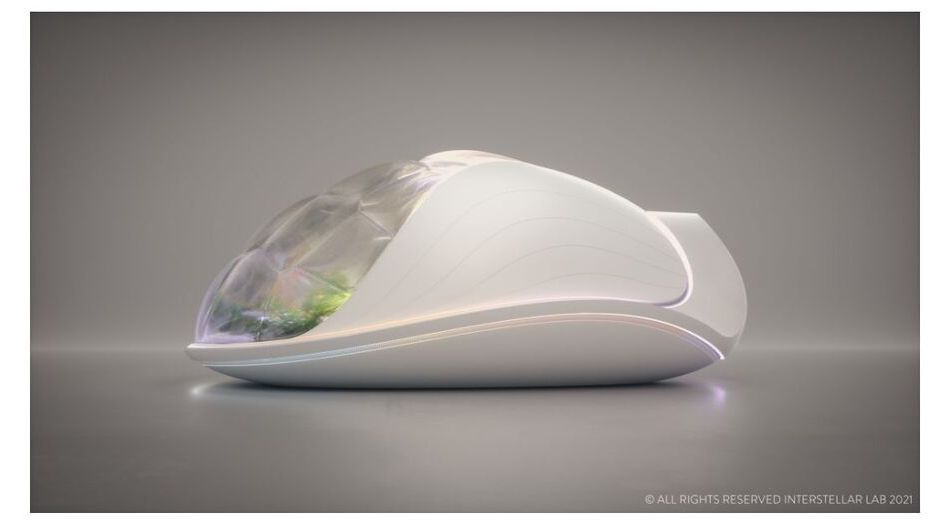SpaceX’s Texas facility known as Starbase has seen significant progress in its quest to become a mass-producing entity of Starship Super Heavy rockets.
In the last few weeks, SpaceX’s South Texas facility known as Starbase has seen significant progress in its quest to become a mass-producing entity of heavy-lift rockets.
Company founder and CEO Elon Musk recently shared a series of tweets showing the progress on the heavy-lift rocket known as Super Heavy in the company’s high bay assembly facility.
One of the tweets depicted the aft section of the giant rocket, known as BN2 or booster No. 2, seeming mostly completed in preparation for the company’s upcoming orbital attempt of the Starship launch system.







